Jump to:
Amidst the excitement and anticipation, it’s of utmost importance to prioritise safety. Connecting a gas canister to your BBQ is not an exemption. Improper handling or a faulty connection can lead to serious accidents or disasters.
So read on to ensure your BBQing experience remains a delightful and risk-free affair. In this guide, we’ll walk you through each step – keep reading!
Gas Canisters and Safety Precautions

(Image Credit: Wikimedia Commons)
Gas canisters commonly used for Gas BBQs include propane and butane. Propane is the most popular choice due to its high-energy content. Its ability to perform well in a wide range of temperatures is a big plus! Moreover, it is readily available and offers consistent heat output. Butane, in contrast, has a lower boiling point and is commonly used in portable grills.
The right gas canister for your gas BBQ ensures optimal performance and safety. It should be compatible with your grill model and its specific requirements. Check the recommended gas type and pressure specifications provided by the manufacturer. Using an incorrect or incompatible gas canister can lead to the following:
- poor performance
- potential leaks
- damage to the equipment
When it comes to safety precautions, keep in mind the following:
- proper handling
- storage
- transportation
Always keep gas canisters in an upright position to prevent leaks. Store them in well-ventilated areas away from direct sunlight and other heat sources. When transporting canisters, secure them in an upright position. Also, keep them in a well-ventilated area of your vehicle, ensuring they are not rolling.
Gathering the Necessary Equipment

To connect a gas canister to a BBQ, you’ll need the following equipment:
- Gas regulator: It controls the gas flow from the canister to the BBQ.
- Gas hose: It connects the regulator to the BBQ.
- Hose clamps: They secure the gas hose connections.
- Gas canister: Ensure it is filled and compatible with your BBQ.
Ensure that all the equipment is in good condition and properly maintained. Inspect the regulator and hose for any signs of damage, such as cracks or leaks. Replace any worn-out parts right away to prevent gas leaks or potential hazards. Regularly clean the connections and check for any blockages.
Additionally, specific BBQ models may require additional tools or accessories. For example, some grills may need certain fittings, adapters, or quick-connect mechanisms. Refer to the manufacturer’s instructions to identify any model-specific requirements.
Preparing the BBQ and Gas Canister

To ensure a safe and enjoyable barbecuing experience, take note of the steps:
Step 1: Prepare the BBQ for connecting the gas canister
Start by cleaning the grill thoroughly. Remove any leftover food debris, grease, or ash from previous use. Use a grill brush and warm soapy water to scrub the grates and surfaces. Rinse with clean water and allow it to dry completely.
Check for any blockages in the burner tubes or venturi valves. Clear any obstructions using a pipe cleaner or a small brush.
Step 2: Inspect the gas canister
Examine the gas canister for any signs of leaks, damage, or corrosion. Inspect the valve, fittings, and the body of the canister. If you notice any leaks or damage, do not use the canister and replace it immediately.
Check the expiration date on the canister. Using an expired canister is unsafe and can lead to unpredictable gas flow. Replace the canister if it has expired.
Step 3: Perform checks in a well-ventilated area
It is crucial to perform these checks in a well-ventilated area, preferably outdoors. Adequate ventilation helps dissipate any potential gas leaks. Plus, it prevents the accumulation of flammable gases.
Avoid doing these in enclosed spaces or near ignition sources to cut the risk of fire or explosion.
Connecting the Gas Canister to the BBQ
Some BBQ models have a built-in gas valve with a fitting designed for direct attachment. In this case, simply align the gas canister valve with the fitting. Then, twist it clockwise until it is securely attached.
Other BBQ models require a gas hose to connect the canister to the grill. To securely connect the gas canister using a hose:
- Attach one end of the hose to the gas regulator.
- Align the other end of the hose with the gas inlet on the BBQ and ensure it fits properly.
- If necessary, use fittings or adapters provided by the manufacturer. This will help ensure a secure connection between the hose and the BBQ.
Regardless of the connection method, tighten the connections properly to prevent gas leaks. Use adjustable wrenches or gas-specific wrenches, if required, to tighten the fittings securely. Ensure there are no visible gaps or looseness. Performing a leak test after the connection is highly recommended.
Round-up
Connecting a gas canister to a gas BBQ safely is a fundamental skill for any grilling enthusiast. With this guide, you can ensure a worry-free barbecuing experience.
Always perform these checks in a well-ventilated area to mitigate any potential risks. Prioritise safety and follow the guidelines outlined in this blog. Happy grilling!

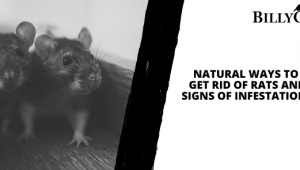
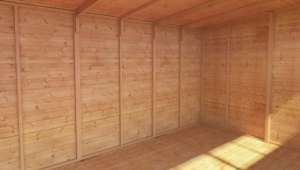


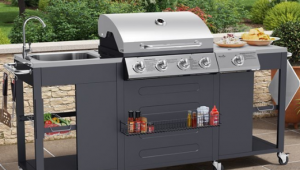
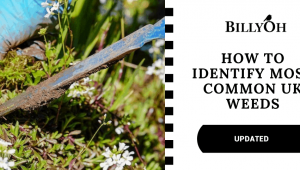
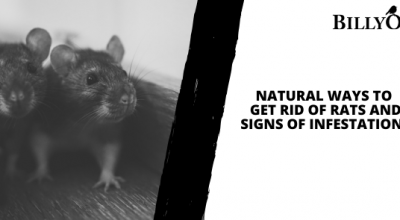
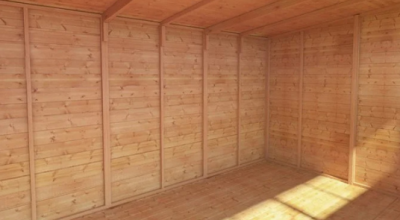
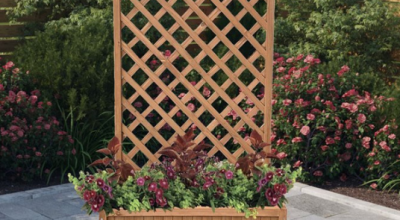

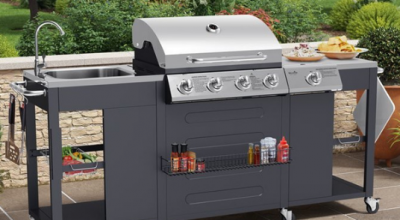
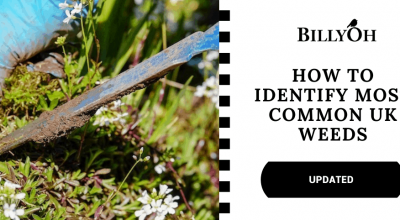
What do you think ?